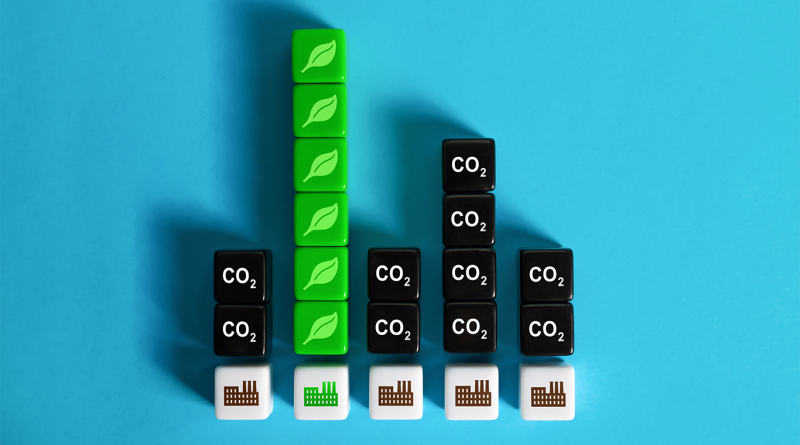Section 45X: Boosting Advanced Manufacturing for Clean Energy
The Section 45X Advanced Manufacturing Production Tax Credit, part of the Inflation Reduction Act (IRA) of 2022, is pivotal in the US’s push to boost domestic clean energy manufacturing. This tax credit incentivizes the production of solar, wind, battery, and critical mineral components, aiming to make the US less reliant on imports.
Recently finalized regulations from the Treasury Department and IRS provide specific guidelines on how businesses can qualify, offering tax credits that are expected to drive billions in clean energy investments. Section 45X is projected to strengthen US renewable energy supply chains and create thousands of jobs in solar, wind, and battery production.
Understanding the Section 45X Tax Credit
Section 45X offers credits to US manufacturers producing eligible components for clean energy, including photovoltaic modules, battery cells, wind turbines, and key critical minerals. This incentive encourages companies to bring production processes, like solar module assembly or battery cell production, within US borders, aiming to reduce supply chain risks and enhance energy security.
Key features include:
- Credits for production volumes of critical components: solar PV modules, battery cells, and wind turbine parts are among those eligible. For example, credits are given based on kilowatt-hour production for batteries and module volume for solar.
- Critical mineral processing: Key minerals such as lithium, cobalt, and nickel qualify if they undergo substantial transformation in the US. This requirement allows certain foreign-sourced materials but mandates that key processing occurs domestically, promoting a strong foundation for a US-based supply chain.
Provisions and Impact of Finalized Rules
The Treasury’s finalized guidelines clarify and expand accessibility to Section 45X. They provide direct pay and transferability options, support for contract manufacturing, and rules for critical minerals, making the tax credits viable for companies of all sizes.
- Direct Pay and Transferability: This allows businesses with low tax liabilities, including start-ups, to receive direct payments rather than tax offsets. Transferability offers companies the option to trade credits with unrelated entities, increasing access to capital for growth and innovation.
- Support for Contract Manufacturing: Manufacturers can assign credit claims to either the original or contract manufacturer, provided they meet the IRS’s documentation requirements, streamlining eligibility across complex supply chains.
- Critical Minerals Guidelines: Minerals like lithium and cobalt, essential to battery manufacturing, qualify for the 10% production credit if processed to minimum purity standards in the US. This provision incentivizes companies to invest in US-based mineral processing facilities, a crucial step in building a sustainable energy infrastructure.
Sector-Specific Impacts
Section 45X is designed to propel growth in several clean energy industries, particularly solar, wind, and battery manufacturing.
Solar Industry Gains: The tax credit provides crucial support for domestic solar manufacturing, from photovoltaic modules to inverters, and addresses cost recovery for companies investing in critical mineral access. Industry leaders like the Solar Energy Industries Association emphasize that the credit secures investment confidence, leading to greater production and job creation within the sector.
Wind Energy Benefits: Tax credits are available for wind turbine components, including nacelles, blades, and foundations, with credit values linked to power capacity. These incentives align with federal renewable energy goals, facilitating the expansion of domestic wind energy production.
Battery and Energy Storage Growth: Battery cell and module production are prioritized under Section 45X, with credits on a per-kilowatt-hour basis. This supports the US battery supply chain, reducing reliance on imports and promoting innovation in energy storage—vital for both renewable energy and electric vehicle industries.
Economic and Environmental Impacts of Section 45X
Section 45X’s benefits extend across the US economy, creating jobs, stimulating investment, and supporting a sustainable manufacturing landscape.
Onshore Production and Supply Chain Strengthening: Section 45X aims to reduce dependency on foreign imports and mitigate the risks associated with global supply chains by incentivizing onshore production. Domestic processing of critical minerals and materials within the renewable energy sector aligns with US energy independence goals.
Economic Growth and Job Creation: Since its inception, Section 45X has spurred over $126 billion in private investment. Job creation is expected to increase across states, especially in regions historically reliant on fossil fuels. This economic shift provides direct employment in clean energy production and supports related industries, including logistics and materials processing.
Environmental and Sustainability Outcomes: The environmental impact is central to Section 45X, aligning with national efforts to reduce greenhouse gas emissions and transition to sustainable energy. By bolstering domestic manufacturing of renewable energy technologies, the tax credit reduces transportation emissions associated with imports and supports communities in adopting local clean energy options.
The Section 45X Advanced Manufacturing Production Tax Credit has set the stage for a transformative shift in US clean energy production. With phased reductions starting in 2030, the credit is structured to provide early incentives for companies to localize production, strengthen supply chains, and secure a competitive foothold in global renewable energy.
Sources:
